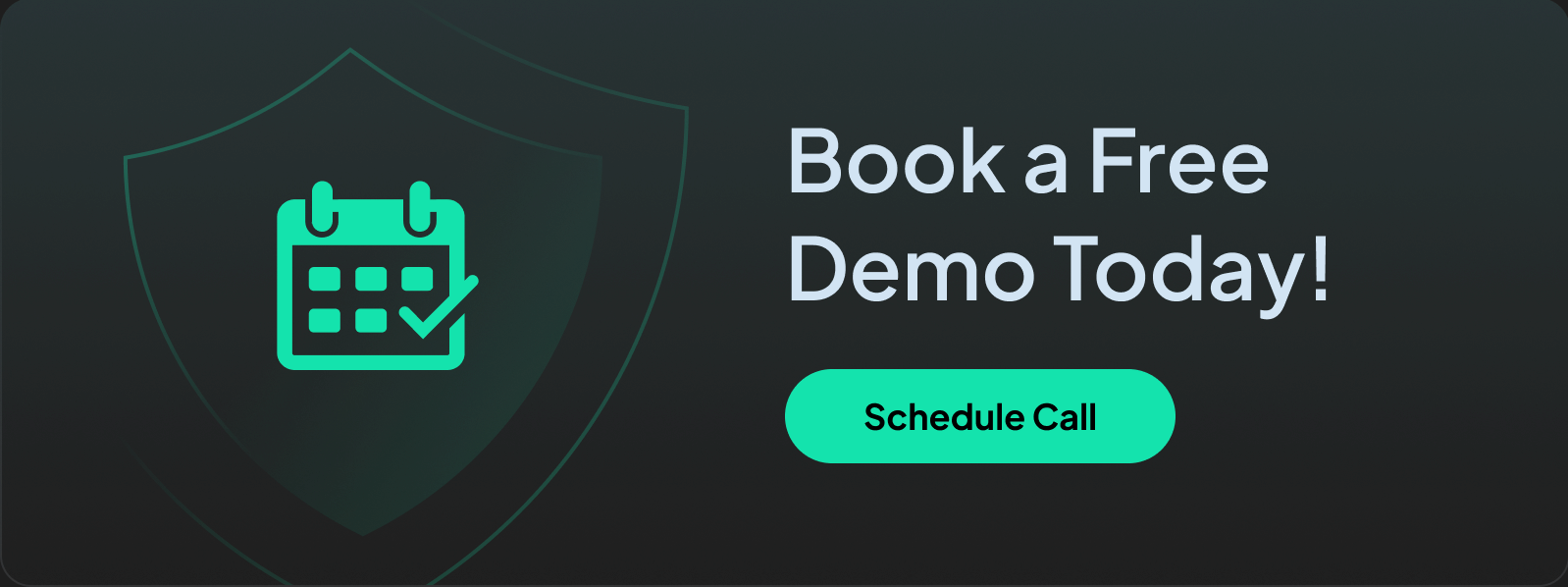How to Block Porn & Adult Websites Across All Devices
Learn how to block porn and adult websites across your office and corporate IT network. See how Control D prevents adult content from resolving.
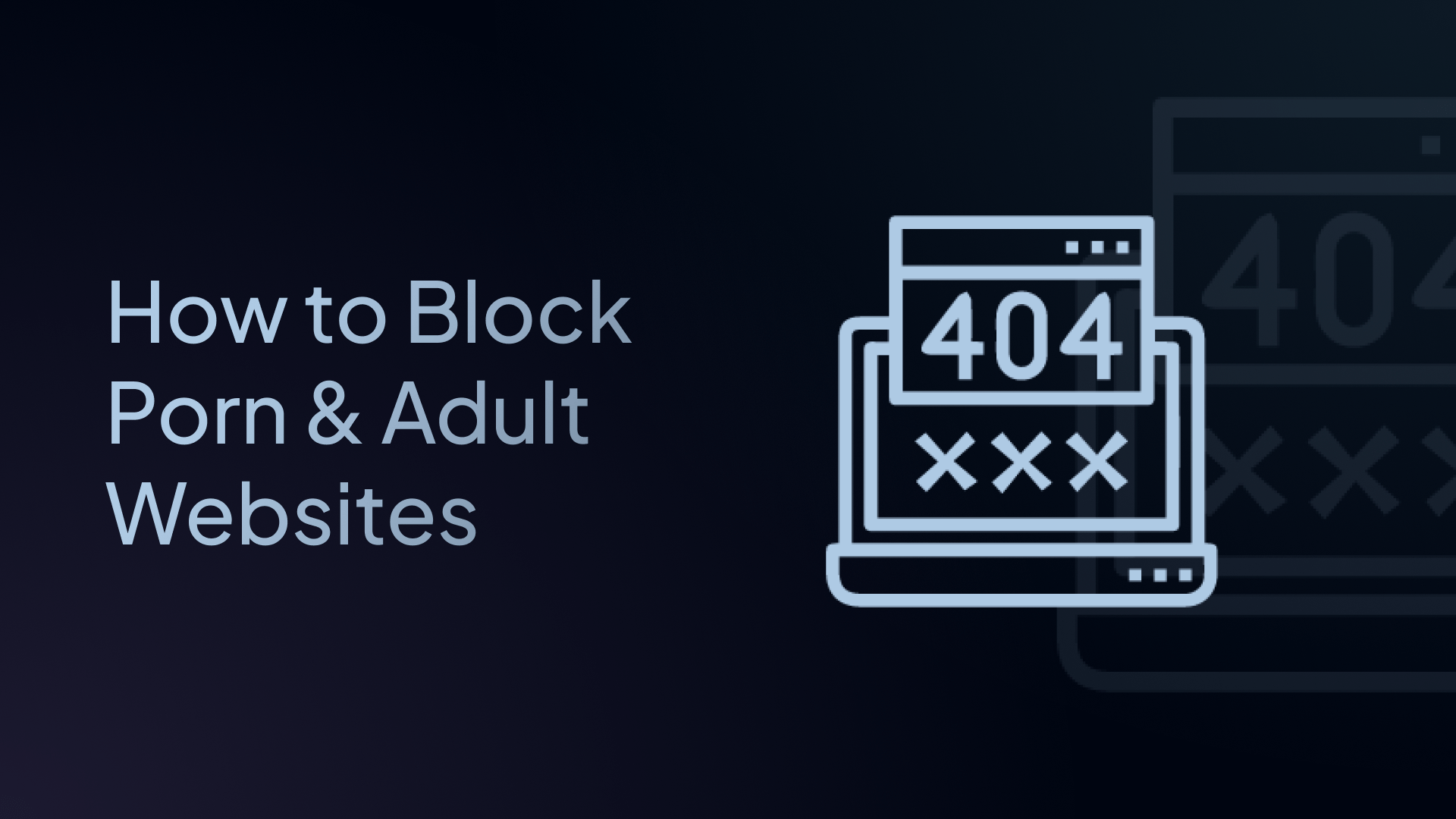
Blocking adult content usually relies on device-specific settings, clunky browser extensions, or third-party apps that are easy to disable, ignore, or outgrow.
Control D takes a different approach. Instead of trying to filter content after it loads, Control D blocks access before the device even finds the website — using DNS-level filtering.
DNS (Domain Name System) is like the phonebook of the internet. Every time you try to visit a website, your device asks a DNS resolver where to find it. Control D acts as a smart DNS resolver that checks every request against your rules before handing out an answer. If it sees a domain that hosts adult content, it simply won’t resolve it. No website = no access.
This guide will walk you through setting up a free Control D account, creating a profile that blocks adult content, enabling extra safe search features, and applying it to any device — all in plain English. You don’t need to be technical, and it only takes about 20 minutes to protect your entire household.
Let’s begin.
Step 1: Sign Up for Control D
To get started, visit https://controld.com and click Start Free Trial.
Here’s what to do:
- Enter your email address and a password.
- Check your inbox for a confirmation email and click the link inside.
- Once confirmed, log in to your new dashboard.
Right away, you’ll see a brief setup wizard and a default "Endpoint" created for your current device. Endpoints are the devices you’ll assign filtering rules to — more on that in a bit.
For now, skip any advanced options and click around the dashboard to get familiar. On the left-hand menu, you’ll find:
- Profiles (where your rules live)
- Endpoints (your devices)
- Analytics (to see what’s blocked)
- Status (to test if filtering is active)
You’re now ready to start building your custom profile.
Step 2: Create a New Profile for Blocking Adult Content
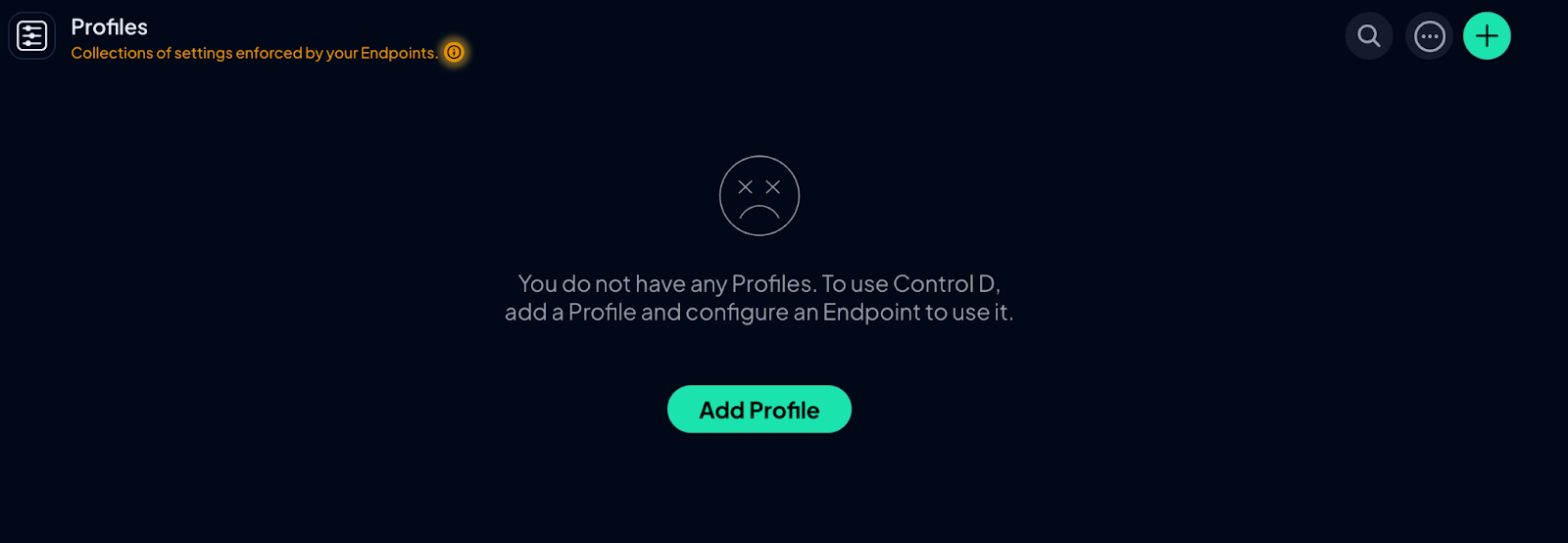
Think of a profile like a preset — it defines what to block, allow, or reroute. You can assign one or more devices to a profile.
To create a new one:
- Go to Profiles from the left sidebar.
- Click + New Profile.
- Give it a name like No Adult Content or Kid-Safe.
- (Optional) Add a short description.
- Click Save.
You’ll now see tabs inside your new profile:
- Filters — prebuilt categories like Ads, Malware, Adult Content
- Services — toggle blocks for things like social media or crypto mining
- Custom Rules — block or allow specific websites
- Options — special settings like Safe Search and YouTube restrictions
Right now, your profile is empty. Let’s change that.
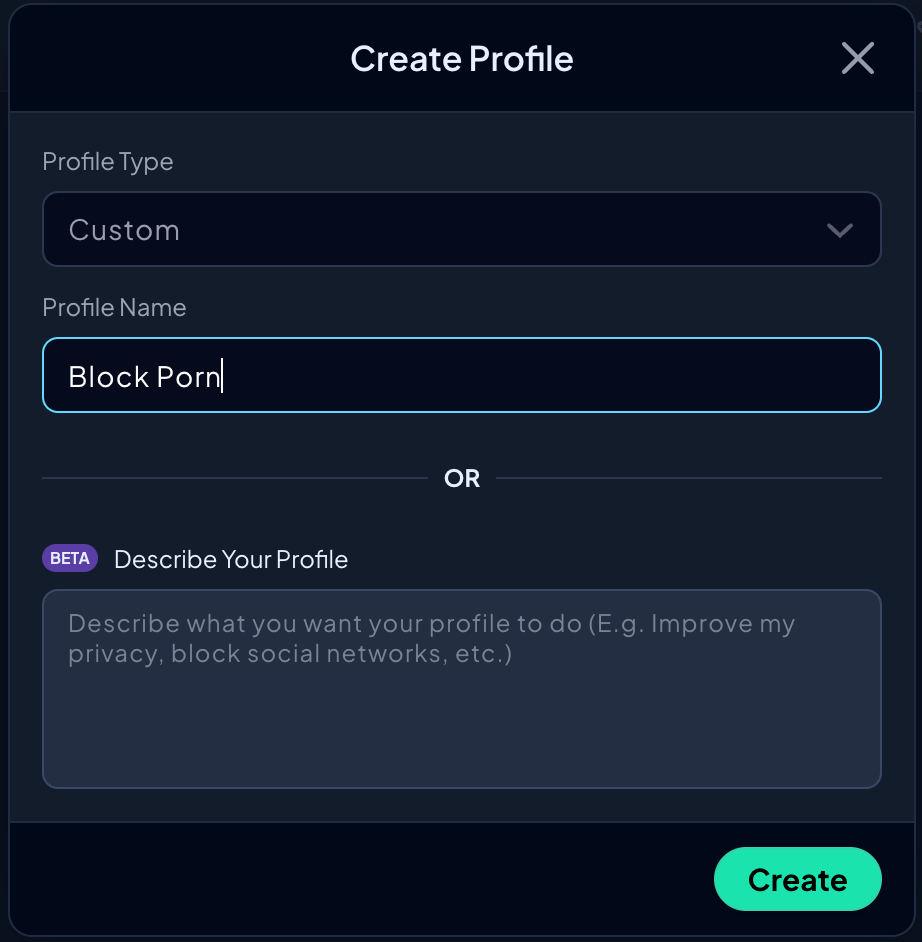
Step 3: Turn On the Adult Content Filter
This is the main switch that blocks websites hosting pornographic or explicit content.
To enable it:
- Go to the Filters tab in your profile.
- Find the Adult Content filter and switch it to ON.
- Also turn on Ads & Trackers and Malware since associated websites can carry adult content.
- Scroll down and click Save Changes.
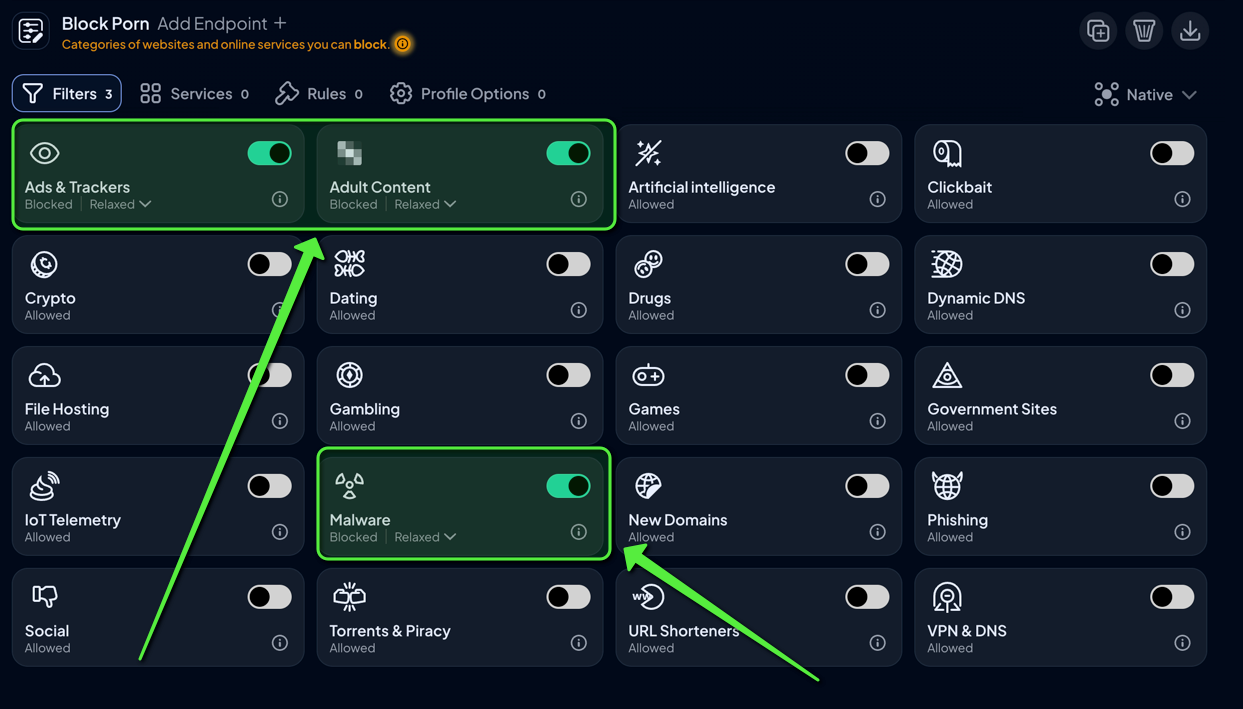
That’s it, you’ve just blocked thousands of known adult websites. Updates to this list happen automatically, so you don’t have to maintain it.
If you want even more coverage, go to the Third-Party Filters section and turn on OISD-NSFW. This optional list is maintained by a large community and catches sites that may not appear in default filters.
Step 4: Enable Safe Search and Restricted YouTube
Blocking websites is great, but some mature content can still sneak through search results or YouTube suggestions. Control D has two extra features to help with this:
- Go to the Options tab in your profile.
- Turn on Safe Search — this forces strict filtering on Google, Bing, YouTube, and other major search engines.
- Turn on Restricted YouTube — this limits mature content on YouTube and hides public comments.
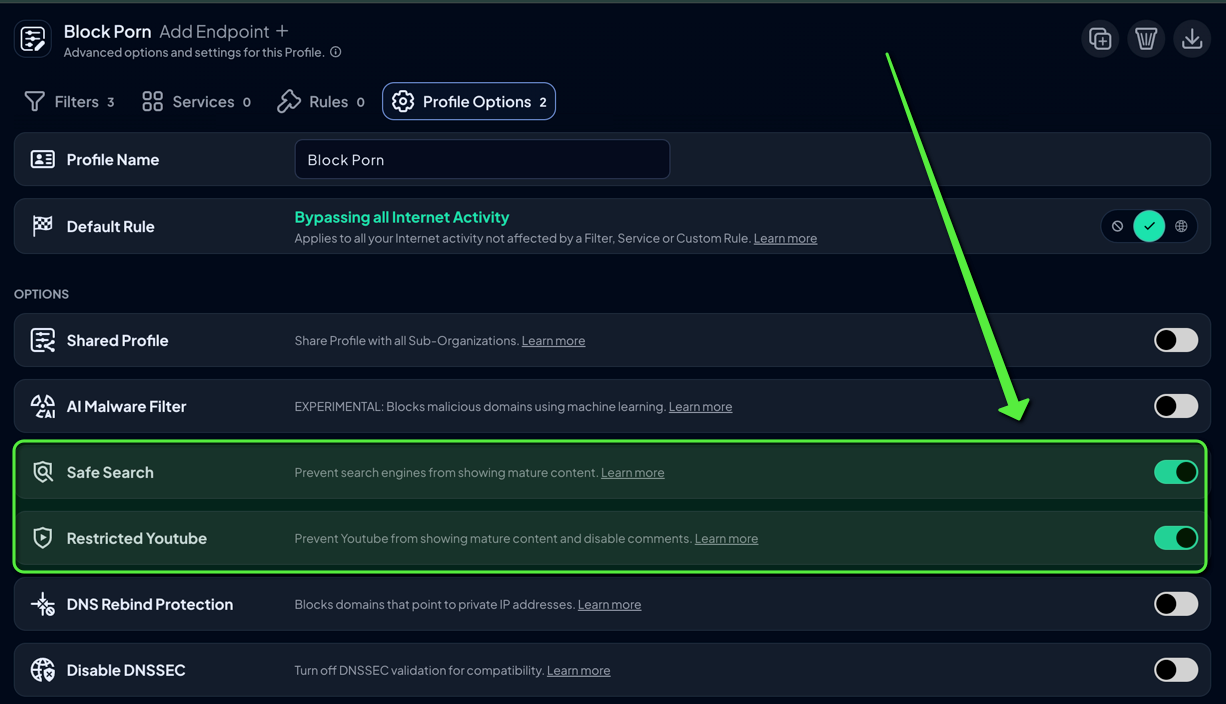
These settings work across all devices, even smart TVs and tablets, as long as they’re using Control D DNS. No apps or browser extensions needed.
Click Save Changes when you’re done.
Step 5: Assign the Profile to a Device (aka Endpoint)
Now it’s time to tell Control D which device should follow the profile you just built.
To do this:
- Go to Endpoints in the sidebar.
- Click + Add Endpoint.
- Give your device a name (e.g., “Emma-iPad” or “FamilyRouter”).
- Under Assigned Profile, select the one you just made (e.g., No Adult Content).
- Click Create.
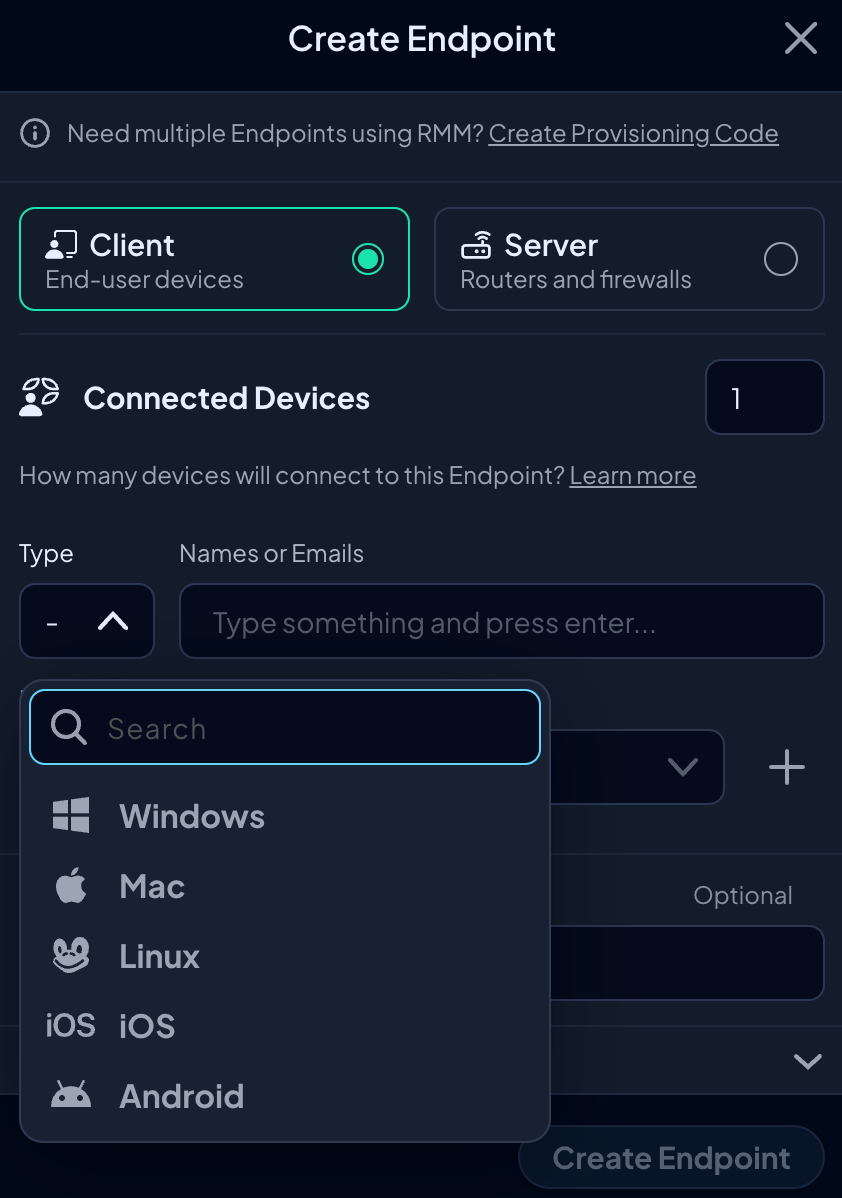
Control D will now generate DNS resolver addresses for that endpoint — IPv4, IPv6, DoH (DNS-over-HTTPS), DoT (DNS-over-TLS), and even DoQ (DNS-over-QUIC).
You’ll also see platform-specific setup instructions to apply these to Windows, macOS, Android, iOS, routers, and more.
Step 6: Set Up DNS on Your Device or Router
Depending on how many devices you want to protect, you have two options:
Option A: Configure Individual Devices
Use the setup instructions provided with your endpoint. For example:
- Windows/macOS: Use the Setup Utility or copy the IPs into your DNS settings.
- Android (9+): Go to Settings → Network → Private DNS, select “Hostname” and paste in the DoH hostname.
- iPhone/iPad: Go to Wi-Fi → Network → Configure DNS → Manual, then enter the IPv4 addresses.
Option B: Set It Up on Your Router
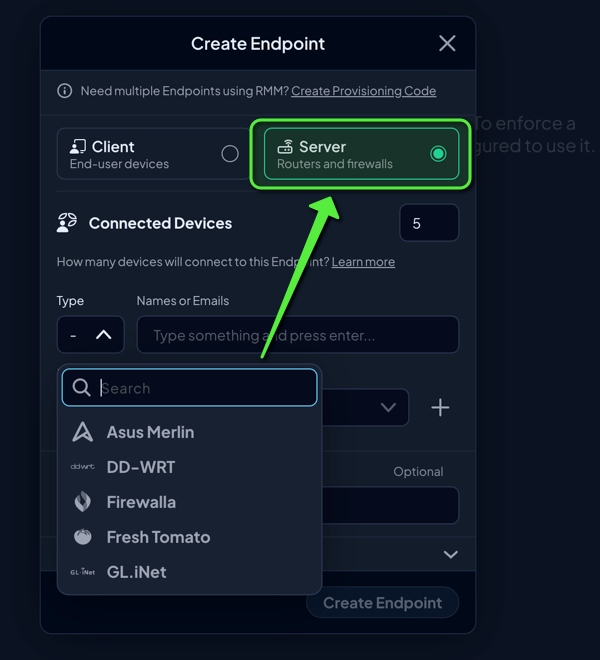
This is the best method if you want every device in your home (phones, tablets, TVs, consoles) to follow the same rules.
- Log in to your router’s admin panel.
- Find the DNS or WAN settings.
- Replace your existing DNS servers with the IPv4 addresses from your Control D endpoint.
- Save and reboot.
Now, every device using that Wi-Fi connection will be filtered.
Step 7: Verify It’s Working and Monitor
To check if everything’s set up correctly, go to https://controld.com/status from the device you just configured.
- If setup worked, it will say: “You are using Control D.”
- It will also show the active profile (e.g., No Adult Content).
To test a block:
- Visit an adult website (or use example-adult.com as a test).
- It should fail to load — no error, just nothing.
Inside your Control D dashboard, go to Domain Test and enter any domain to see if it’s allowed or blocked — and by which rule.
You can also view recent activity under Analytics or Logs to monitor traffic and make sure the right stuff is being filtered.
Final Thoughts
Control D gives you powerful control over what content is allowed in your home or workplace, all without clunky apps, browser extensions, or slow VPNs. By blocking domains at the DNS layer, you stop access before it even starts — and do it in a way that’s fast, invisible, and hard to bypass.
From here, you can:
- Lock your profile to prevent changes
- Set up schedules (e.g., stricter rules during homework hours)
- Add or remove devices at any time
- Create multiple profiles for different people or use cases
No matter your tech level, Control D makes it easy to take back control of your internet.
